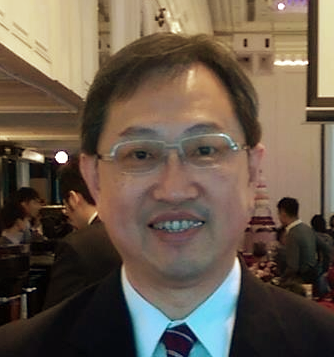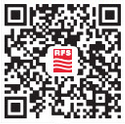Spotlight on North-East Asia
2021 has been a challenging year after the pandemic. So how has North-East Asia faired when it comes to recovery?
The past two years have been turbulent across the globe as everyone has dealt with the fallout of the pandemic. As far as we can see, the North-East Asia region seems to have largely recovered, and we see telecoms business and rollouts slowly returning to pre-Covid levels. The region is keen to maintain its status as a global telecom’s leader, so we are seeing a real commitment to new technologies. For example, Japan will launch a wide-area experimental network in 2022 to test the 5G Open RAN. South Korea is expected to end 2021 with 20 million 5G subscribers, and Taiwan aims to provide 99% coverage of 5G base stations by the end-2023.
What do you expect to be the most prominent regional trend in 2022?
North-East Asia is a very ambitious region from a telecom’s perspective, aiming to lead from the front when it comes to the latest network technologies. Although the trends vary between the countries, most are motivated to stay ahead of the curve. Japan is committed to deploy Open RAN, so we expect to see the outcome of testing in the next 12 months. South Korea and Hong Kong are preparing to launch the new 5G applications with new 4.7GHz and 4.9GHz frequencies. There will be a big race for reach in 2022 across North-East Asia. It will be interesting to see the technologies operators choose to deploy to achieve the maximum possible coverage.
Have there been any exciting RFS projects in the region recently?
Yes, we’ve been working on a number of projects across the region focusing on enhancing coverage. We’ve had particular successes with metro and railway deployments. This has ranged from working on a project in Japan to install leaky MIMO cables to deliver 5G across Tokyo City Metro. Additionally in Hong Kong we have worked on a similar deployment to deliver 5G in the passenger train tunnel of Hong Kong International Airport. However, it’s not all been transport related, we have also worked with Taiwan TSMC on MVPN projects across 5 manufacturing facilities and we look forward to continuing with a diverse range of projects in 2022.
That’s great, can you tell us more about what lies ahead for RFS in North-East Asia over the next 12 months?
In some cases, it will be building on current projects; for example in Taiwan we will continue to extend the MVPN projects we are working on currently. Likewise, Japan is looking to expand leaky MIMO projects beyond Tokyo to cities including Osaka, Nagoya, and Fukuoka, something we are poised to assist with. In South Korea we’re working on the Incheon Airport Terminal 2 Radio system enhancement project and Airport PS-LTE project which will take place in 2022. However, we also have new paths to explore as South Korea and Hong Kong begin to build 4.7/4.9GHz new frequency applications and need the infrastructure to support this.
For each of the trends we expect to see across the North-East Asia region, we have solutions that can support operators navigating these challenges. That may be neutral base station equipment for Leaky MIMO or Open RAN-ready solutions. We pride ourselves on understanding the markets and our customers’ technology, operation and business evolutions and developing the right solutions to address them and hopefully this approach will make for a busy and exciting 2022.
If you’d like to hear more on our work with customers across North-East Asia, please get in touch with Eric Wen, Head of Sales of North-East Asia Region.


